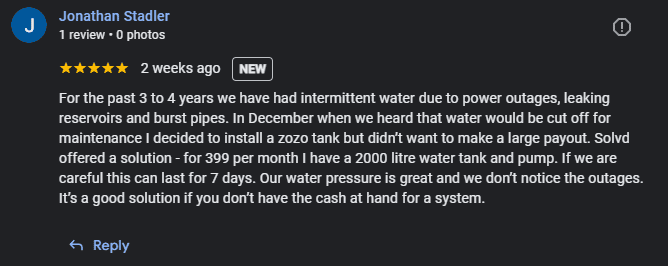The Hidden Danger of 'Too Clean' Water: The Reverse Osmosis Filter
Why Reverse Osmosis Water Isn’t Always the Hero It’s Made Out to Be
In our quest to avoid the bad stuff, bacteria, metals, chemicals, and other substances, we’ve embraced “purity” like it’s gospel. And yes, Reverse Osmosis (RO) delivers on that promise.

RO systems use a multi-stage process, where each filter, such as a sediment filter, carbon filter, post-filter and membrane (RO) targets different impurities, removes harmful contaminants (including chlorine, heavy metals, bacteria and chemicals), and improves taste. Regular replacement of these filters is essential for maintaining system performance and ensuring filtered water quality.
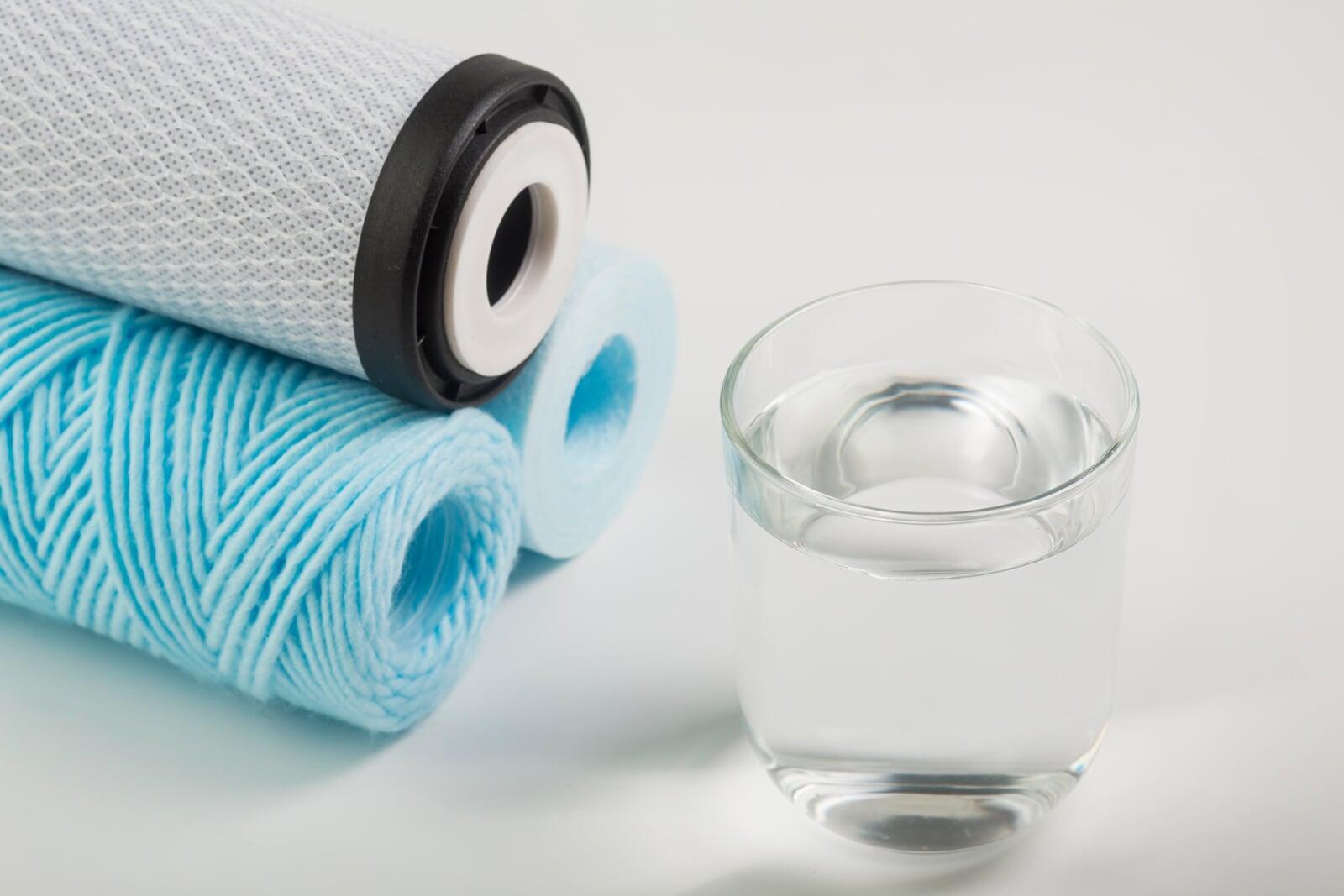
Importance of your Water Source and Pretreatment
The quality of your water source, whether city water or borehole, directly affects the contaminants present in the feed water and may require pretreatment (hence the recommendation of the multi stage system) to remove other substances and prevent membrane fouling. Pretreatment steps, such as using sediment filters and carbon, help protect the reverse osmosis membrane and extend the life of your RO system by preventing mineral deposits and fouling.
The Role of the RO Membrane
The heart of the Reverse Osmosis system is the RO membrane, a semipermeable membrane that selectively allows water molecules to pass while blocking contaminants. During operation, high pressure is applied to the pressurised side of the RO membrane, overcoming the natural osmotic pressure and forcing water through the membrane.
This filtration process separates filtered water from concentrated contaminants, which remain on the pressurised side. The result is RO membrane filtered water, free from most impurities and minerals.
Wastewater Stream, Other Contaminants and Drainage Considerations
RO systems produce two water streams: filtered water and a waste stream sent to the drain. The drain carries away bacteria, concentrated contaminants, and directly connected drain systems are important for system efficiency and to prevent backflow.
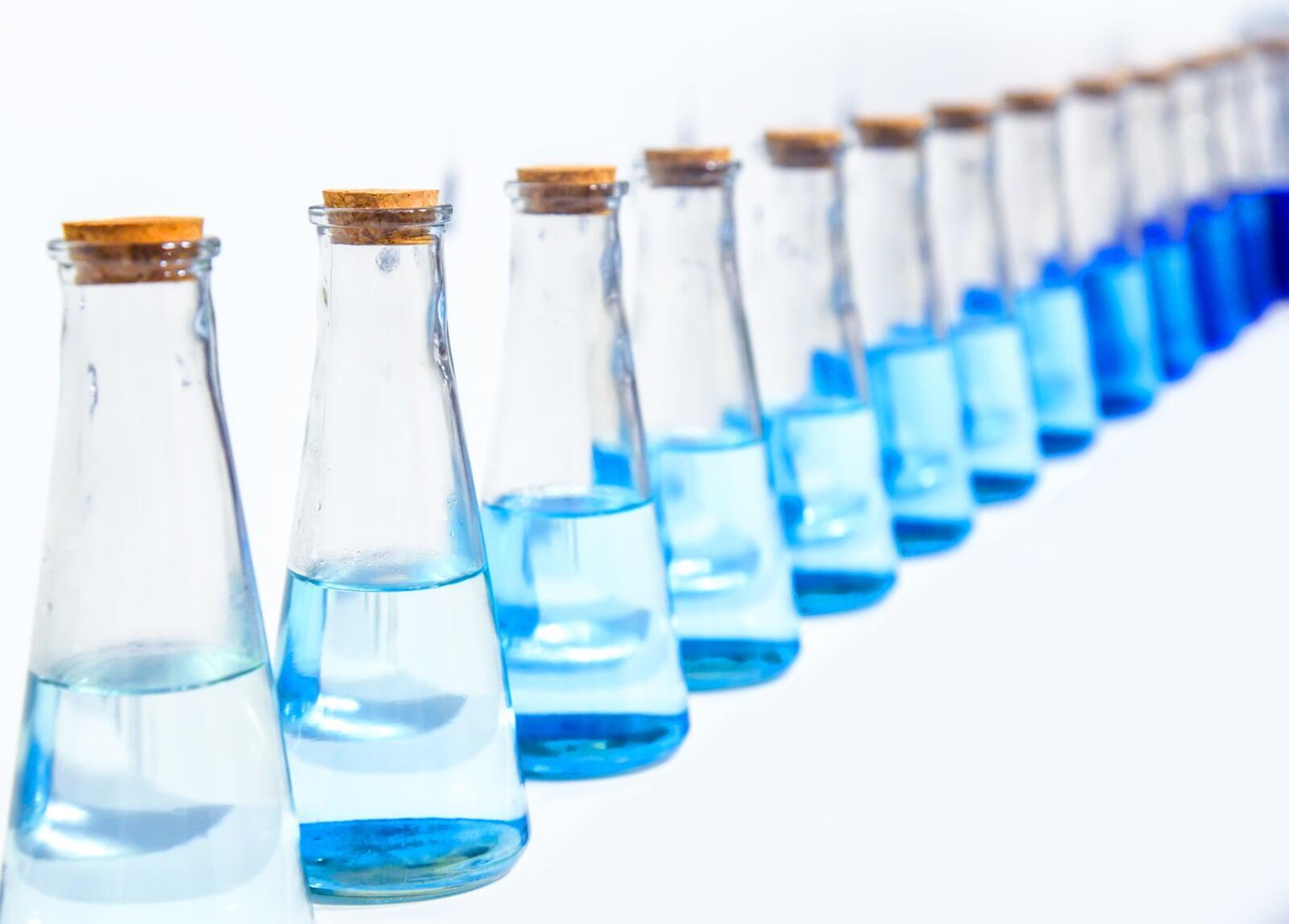
High Pressure Water and Booster Pumps
The water supply’s pressure and quality are critical for optimal operation. If your water purification system is directly connected to a municipal water supply with low water pressure, a booster pump may be needed to achieve the pressure needed (typically above 45 PSI) for effective filtration and to maintain adequate flow rate and capacity. This is especially important when treating feed water with a high concentration of dissolved salts or organics, which requires the booster pump to provide higher water pressure.
Advanced Components and Efficiency Enhancements
Advanced stage reverse osmosis systems may include additional components, such as permeate pumps, to increase efficiency and handle higher capacity (measured in litres per day). Technical innovations and operational strategies, like using permeate pumps or advanced membrane materials, can further increase efficiency and durability.
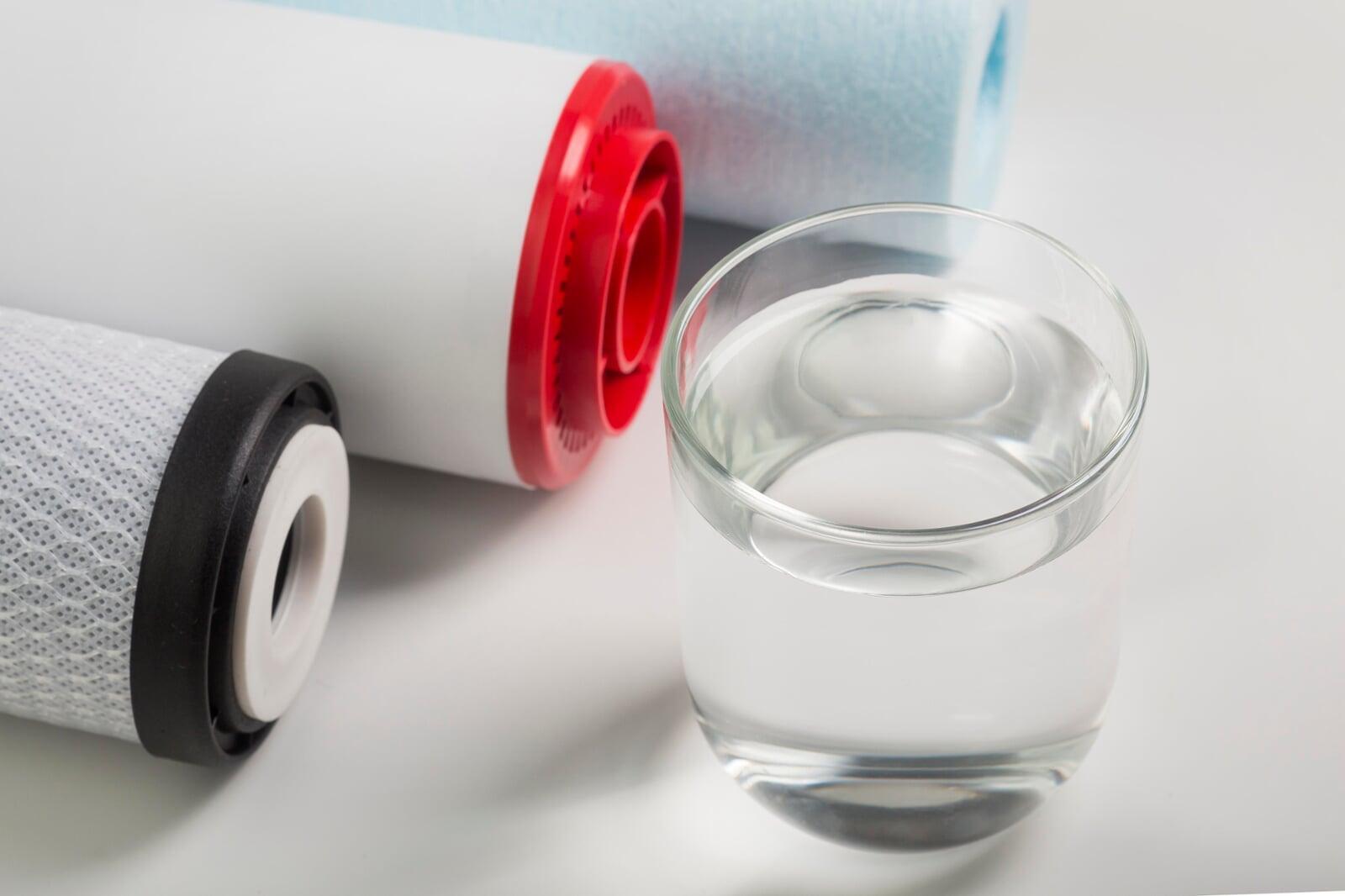
Combining RO with Other Purification Processes
Filtration is just one of several processes used in water purification. RO systems are often combined with other processes, such as deionization as well as re-mineralisation, to achieve even higher water purity. Carbon filters in the system remove chlorine, protecting the membrane and improving water safety.
Typical Five-Stage Reverse Osmosis System Example
As an example, a typical five-stage reverse osmosis system might include components such as a sediment filter to remove dirt, a carbon filter for chlorine and organic chemicals, the reverse osmosis membrane for dissolved solids, a post-carbon filter for improved taste, and a final polishing filter. This multi-stage approach ensures comprehensive removal of harmful contaminants and delivers great tasting water.
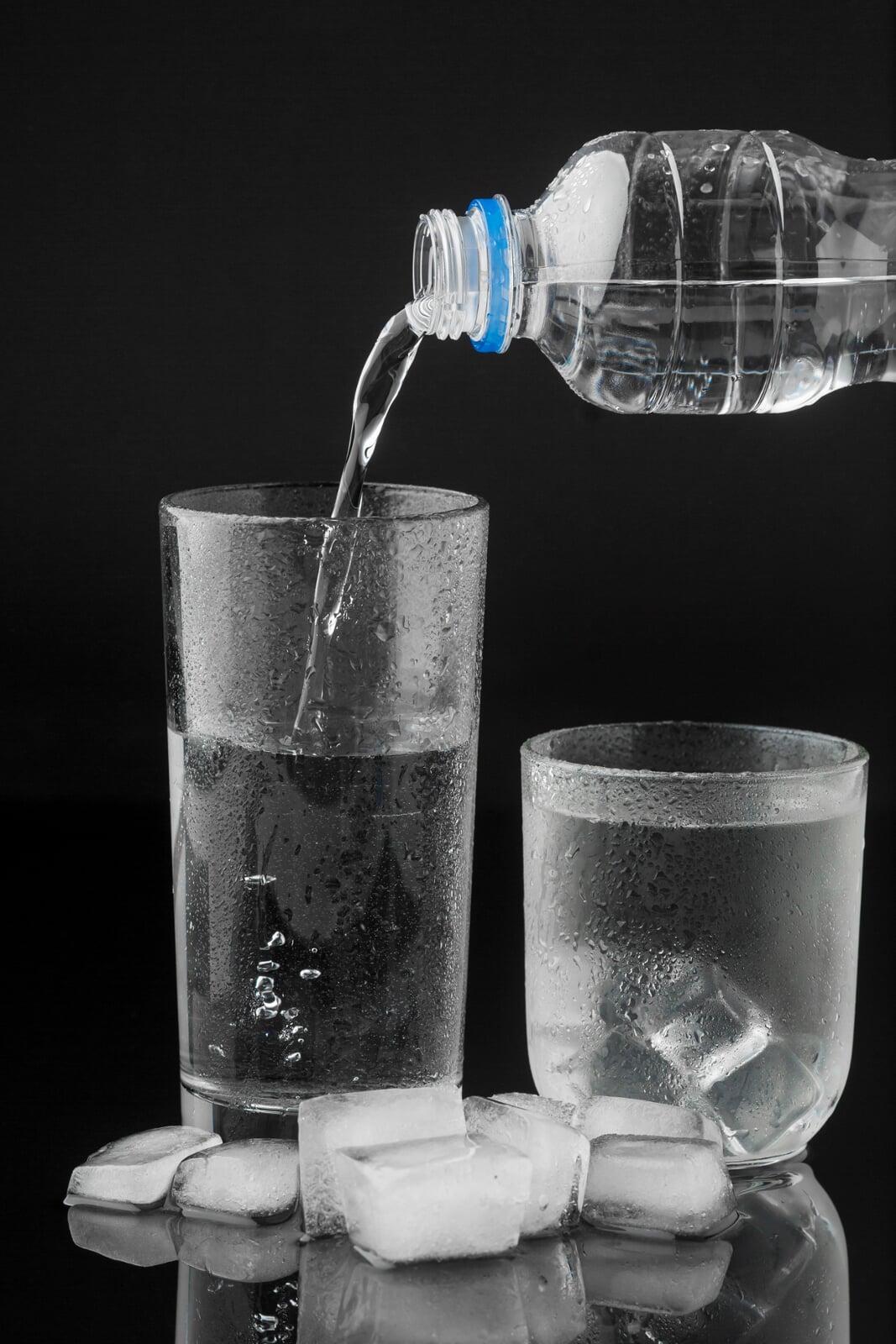
The Unasked Question
But here’s the question no one’s asking: what else is it removing?
How Reverse Osmosis Works
Ever wondered what actually happens inside a reverse osmosis system? It’s not magic—it’s science, and it’s surprisingly simple.
At the heart of every reverse osmosis water system is a semi-permeable membrane. Think of it as a microscopic gatekeeper: water molecules can slip through, but dissolved contaminants, bacteria, and dissolved salts get left behind. Here’s how it works:
Pressure is key. The system uses water pressure to push tap water through the ro membrane. Only the cleanest water molecules make it to the other side, leaving behind a concentrated mix of impurities, other contaminants as well as the good stuff like minerals.
Two streams, one goal. The process splits your water into two: purified water (ready for drinking) and a separate stream carrying away the dissolved contaminants and minerals.
Layers of protection. Most reverse osmosis water filters use multiple stages—like sediment filters and carbon filters, before and after the membrane to catch even more impurities and improve water quality.
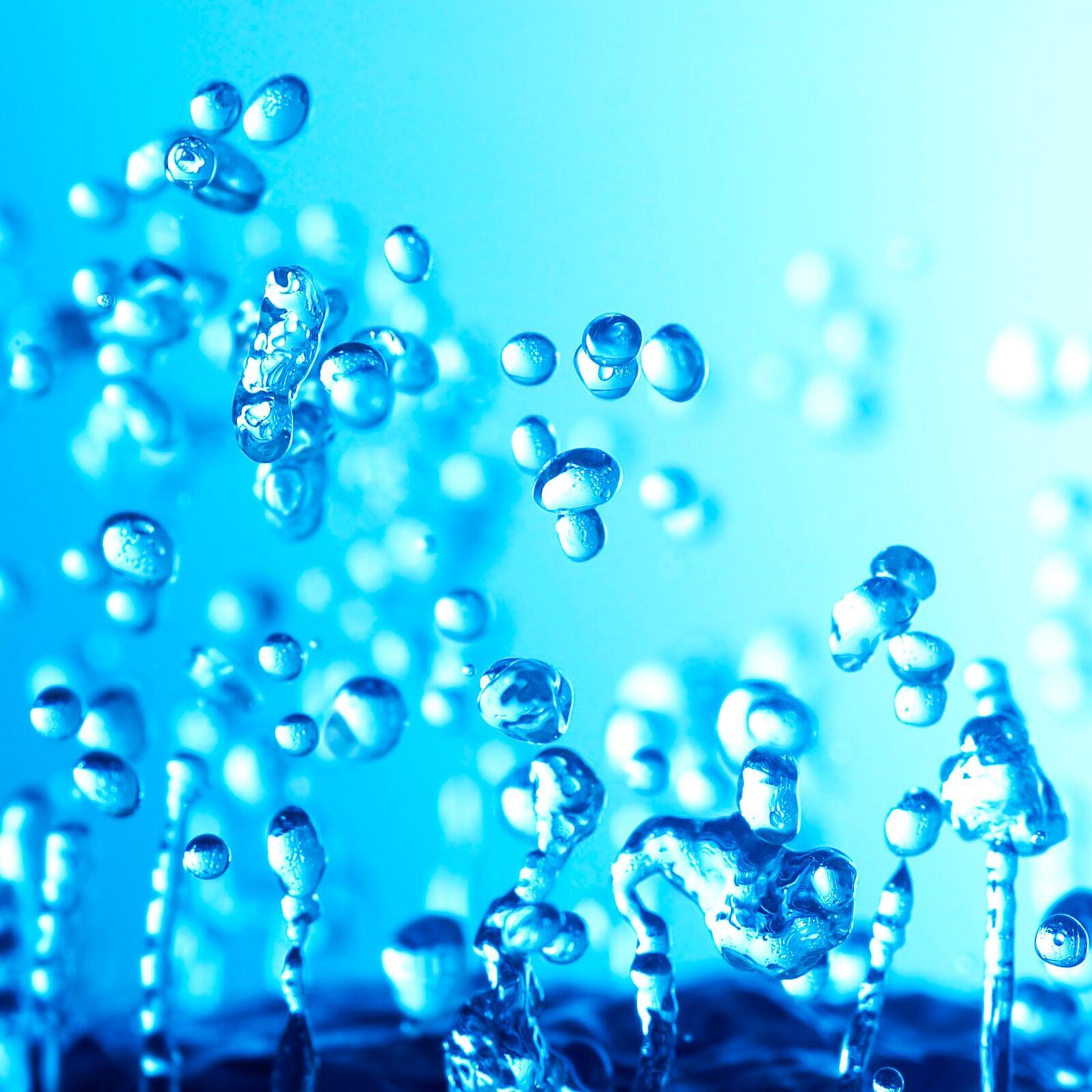
But it’s not a “set it and forget it” process. For optimal performance, your reverse osmosis system needs regular maintenance. That means replacing filters, checking for membrane fouling, and making sure water pressure stays in the right range. If the pressure drops too low, or the ro membrane gets clogged, the system can’t do its job—and your water quality suffers.
Reverse osmosis systems are trusted worldwide because they’re so effective at water purification. They remove a huge range of contaminants, from bacteria and viruses to heavy metals and dissolved salts. That’s why so many people rely on reverse osmosis water for clean drinking water at home.
Bottom line? Reverse osmosis is a powerful filtration process for turning tap water into purified water. But like any system, it needs the right care, and a little know-how—to keep delivering the cleanest water possible.
Clean ≠ Complete
RO water filtration is brilliantly clean, but it’s also empty. It removes not just contaminants, but essential minerals your body needs every single day: magnesium, calcium, potassium, trace elements. Re-mineralizing your water with beneficial minerals helps restore these nutrients, supporting better health by ensuring your body receives what it needs.
This kind of ultra-purified water may quench your thirst, but it doesn’t support your health. In fact, over time, it can do the opposite.
According to the World Health Organization, low-mineral water can:
Alter your electrolyte balance
Disrupt kidney function
Contribute to long-term bone loss
Cause cramping and muscle fatigue
That’s not marketing hype, it’s biology. Your body relies on minerals to function. When your water doesn’t carry them, you either have to get more from your food, or you start running a deficit.

But Here’s the Twist...
The food we eat today isn’t as nutritious as it used to be. Decades of over-farming have stripped our soils, and the crops grown in them, of up to 50% of their natural mineral content.
That means water, once a background player in your nutrition, has suddenly become a key source of daily minerals. And if your water is empty too? You’re running on fumes.
Common symptoms of chronic mineral deficiency:
Fatigue
Muscle cramps
Poor sleep
Anxiety
Heart palpitations
Not always age. Not always stress. Sometimes? Just filtration that makes water that’s “too clean.”
So... Is RO System Water Bad?
Not at all. It’s great at what it does: remove what shouldn’t be there. But it doesn’t put anything back.
That’s where remineralisation comes in.
If you’re using RO at home, or buying bottled water marked “purified”, you need to put the good stuff back in.
Here’s How:
Add liquid mineral drops, especially magnesium and calcium
Install a remineralisation cartridge in your system
Occasionally drink verified mineral-rich spring water
Aim for a Total Dissolved Solids (TDS) reading between 130–500 mg/L quality, that’s the sweet spot for human health.
This simple step supports:
Bone density
Cardiovascular function
Cognitive clarity
Hydration that actually sticks
What’s the Long-Term Impact?
According to global studies, drinking demineralized water daily for decades can reduce life expectancy by up to 3 years, depending on your diet and health profile.
On the flip side, re-mineralized water may add years to your healthspan and reduce your risk of silent, creeping deficiencies that often go misdiagnosed.
Fresh Water Should Nourish, Not Just Hydrate
We’ve been so focused on detoxing, disinfecting, and purifying, that we’ve lost sight of something simple:
Clean isn’t the finish line. It’s the starting point.
If your water doesn’t support you, it’s silently depleting you.
So don’t settle for empty water.
Choose water that gives something back.
Customer Testimonials
Our water storage and water filtration systems have supplied over 100 happy customers in the last few months we have been active. We go above and beyond
for our customers ensuring quality solutions, a range of products and as many storage tanks as you need. Check our Google reviews or more happy feedback.
